The forewings are uniformly brown in colour with a fine white outer cross-line forming a W (the bright-line) and an orange blotch kidney-mark (the brown-eye).
The larvae can be found from June to October, feeding at night. They then overwinter as pupae underground.
Size and Family
- Family – Brocades, Quakers and leaf-eating wainscots (Noctuidae)
- Small Sized
- Wingspan Range – 28-38mm
Conservation Status
- UK BAP: Not listed
- Common
Caterpillar Food Plants
A wide range of wild and cultivated herbaceous and woody plants including Common Nettle (Urtica dioica), Fat-hen (Chenopodium album), willowherbs, St John’s-worts, Traveller’s-joy (Clematis vitalba), English Elm (Ulmus procera), Hazel (Corylus avellana) and Hop (Humulus lupulus). Also occasionally a pest to tomatoes, feeding inside the fruit.
Habitat
Occurs in most habitats. Abundant in gardens and other cultivated land and also frequent on heathland and the edges of saltmarshes.
Distribution
- Countries – England, Wales, Scotland and Ireland
- Common throughout most of Britain, Ireland and the Channel Islands. Less frequent in the far north.
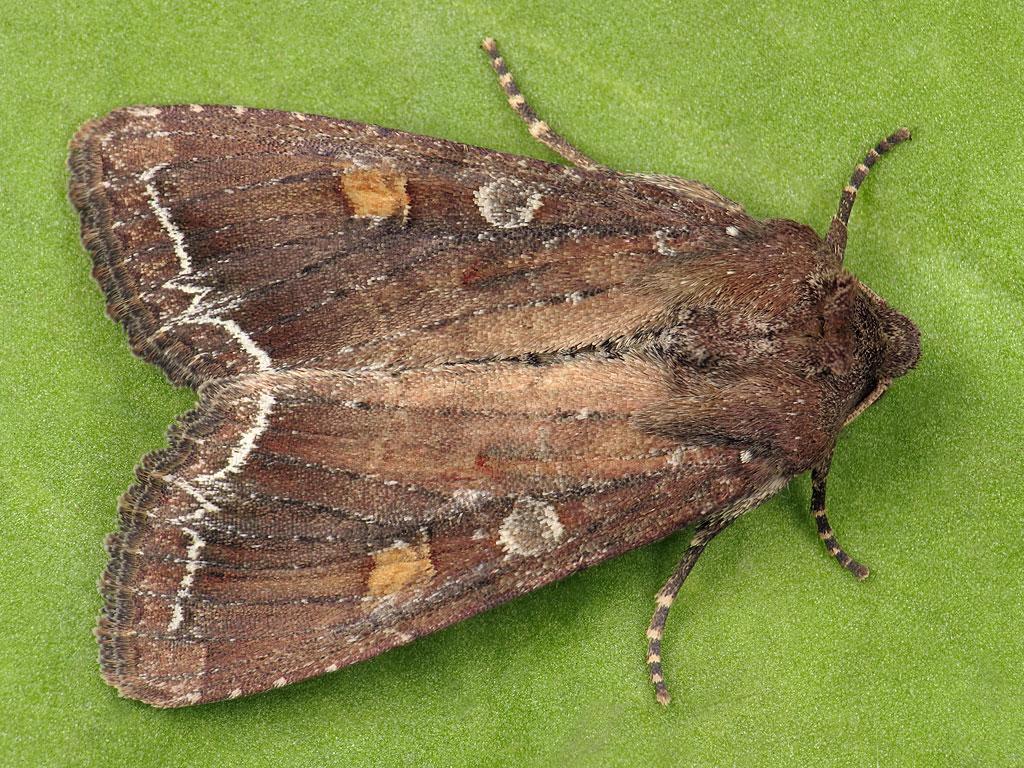
Bright-line Brown-eye - Ryszard Szczygieł
Bright-line Brown-eye
Ryszard Szczygieł

Bright-line Brown-eye - Koen Thonissen
Bright-line Brown-eye
Koen Thonissen
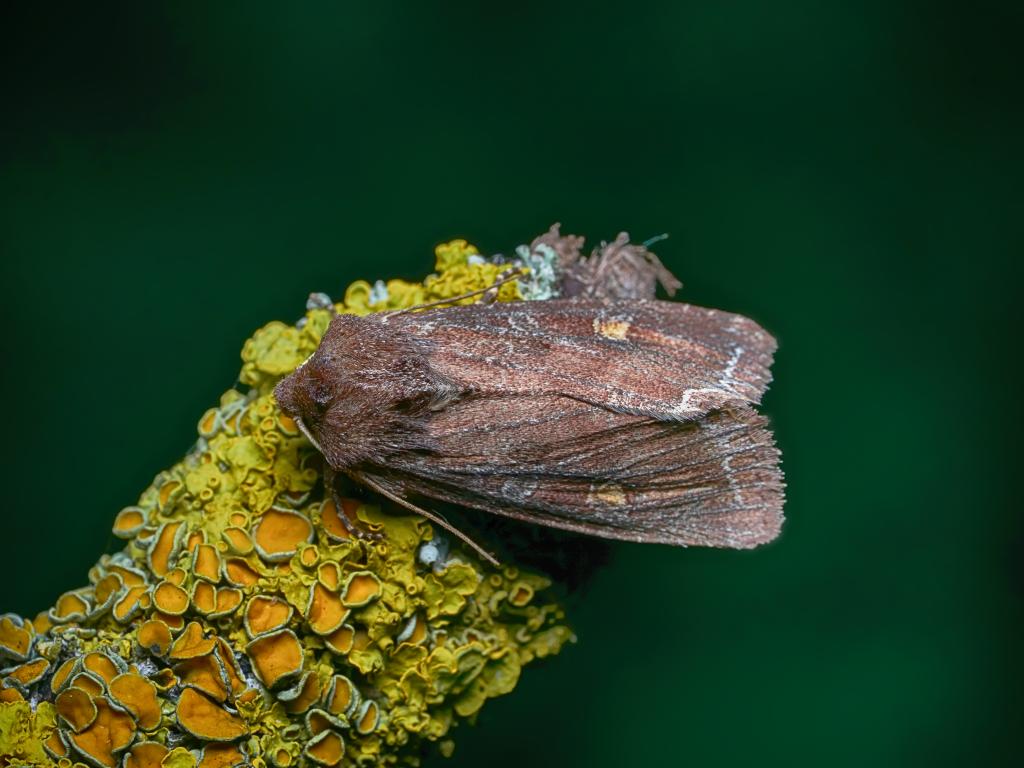
Bright-line Brown-eye - Alan Cann
Bright-line Brown-eye
Alan Cann
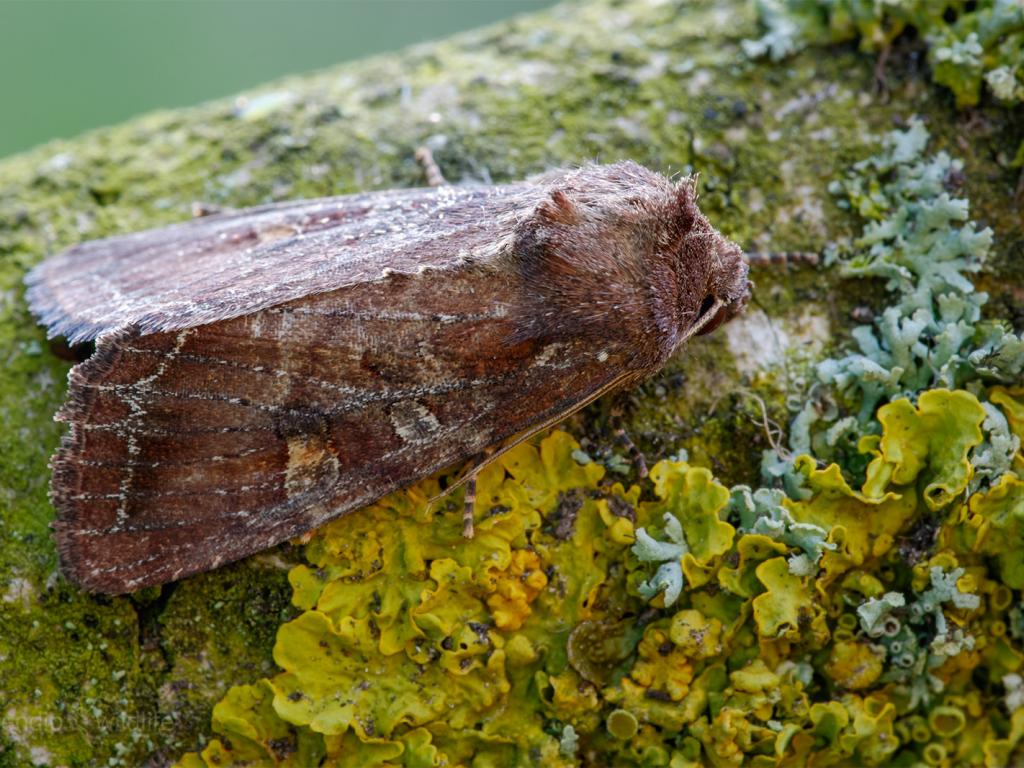
Bright-line Brown-eye - Heath McDonald
Bright-line Brown-eye
Heath McDonald
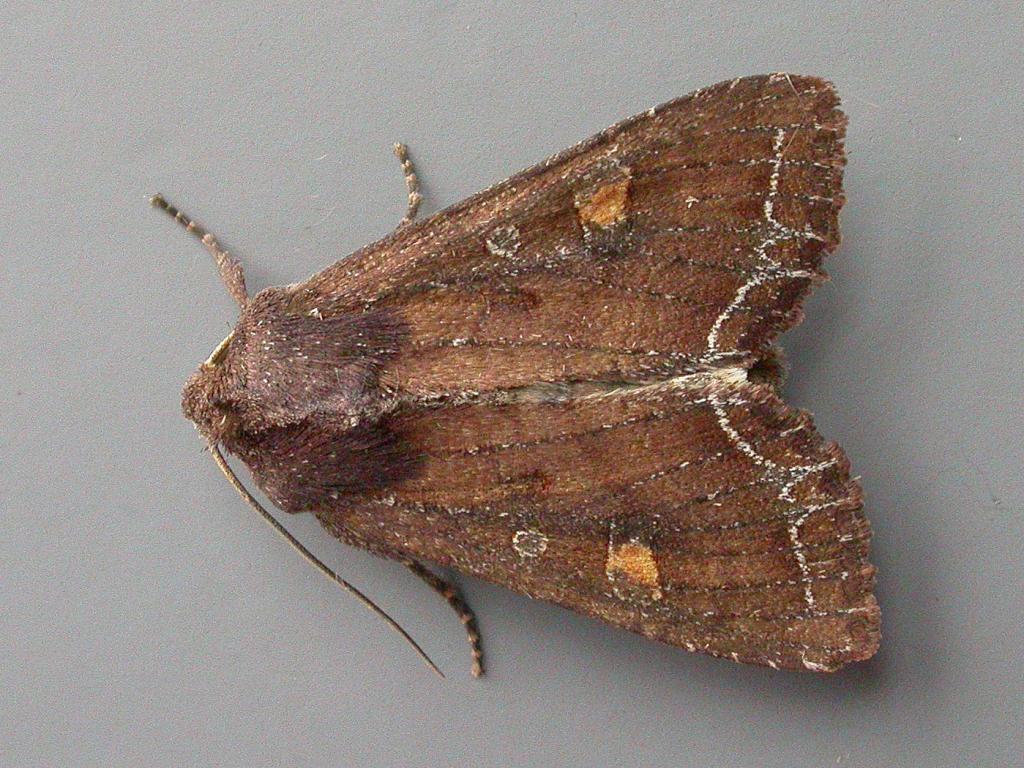
Bright-line Brown-eye - Paul Kitchener
Bright-line Brown-eye
Paul Kitchener
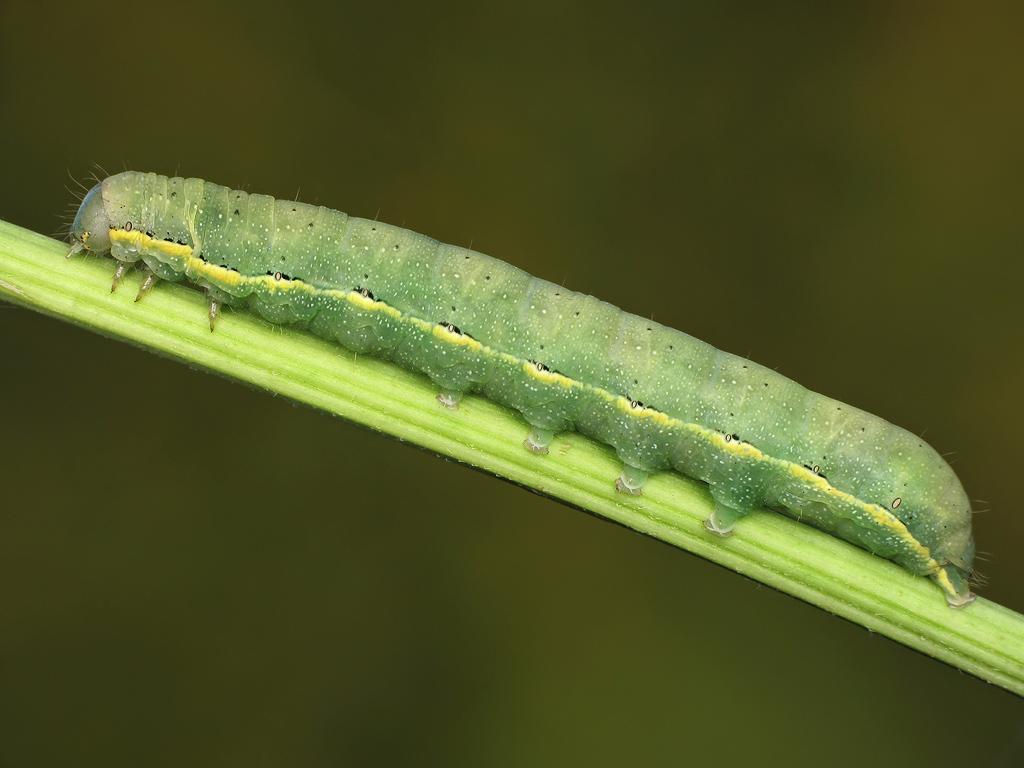
Bright-line Brown-eye (caterpillar) - Ryszard Szczygieł
Bright-line Brown-eye (caterpillar)
Ryszard Szczygieł
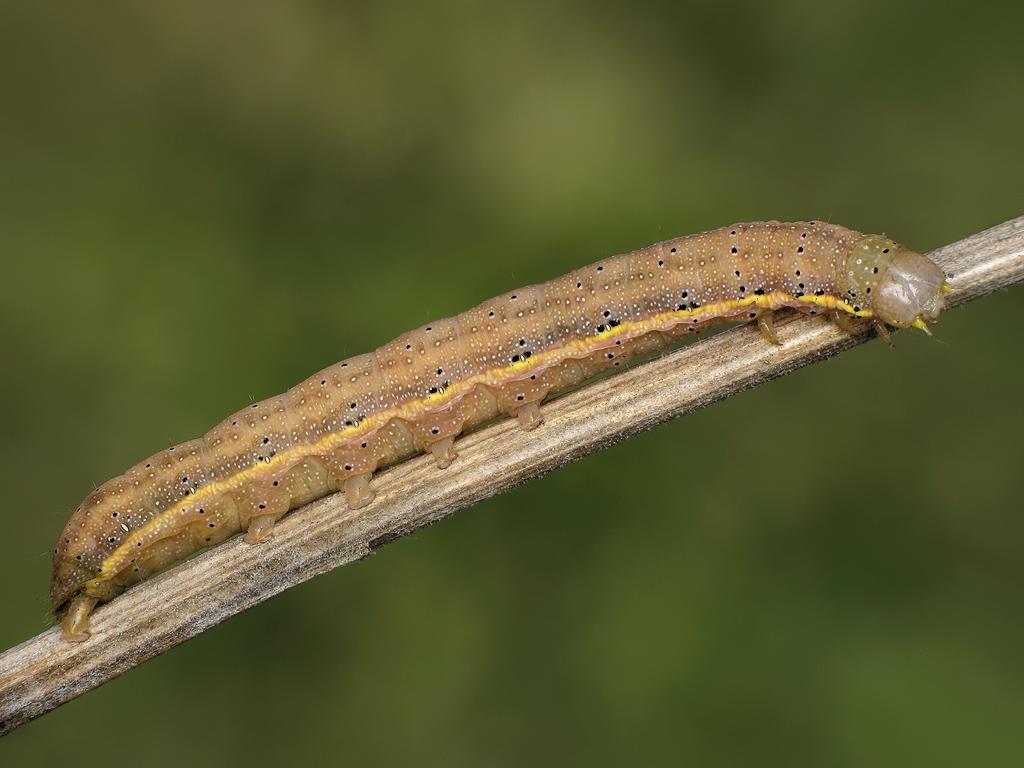
Bright-line Brown-eye (caterpillar/brown form) - Ryszard Szczygieł
Bright-line Brown-eye (caterpillar/brown form)
Ryszard Szczygieł
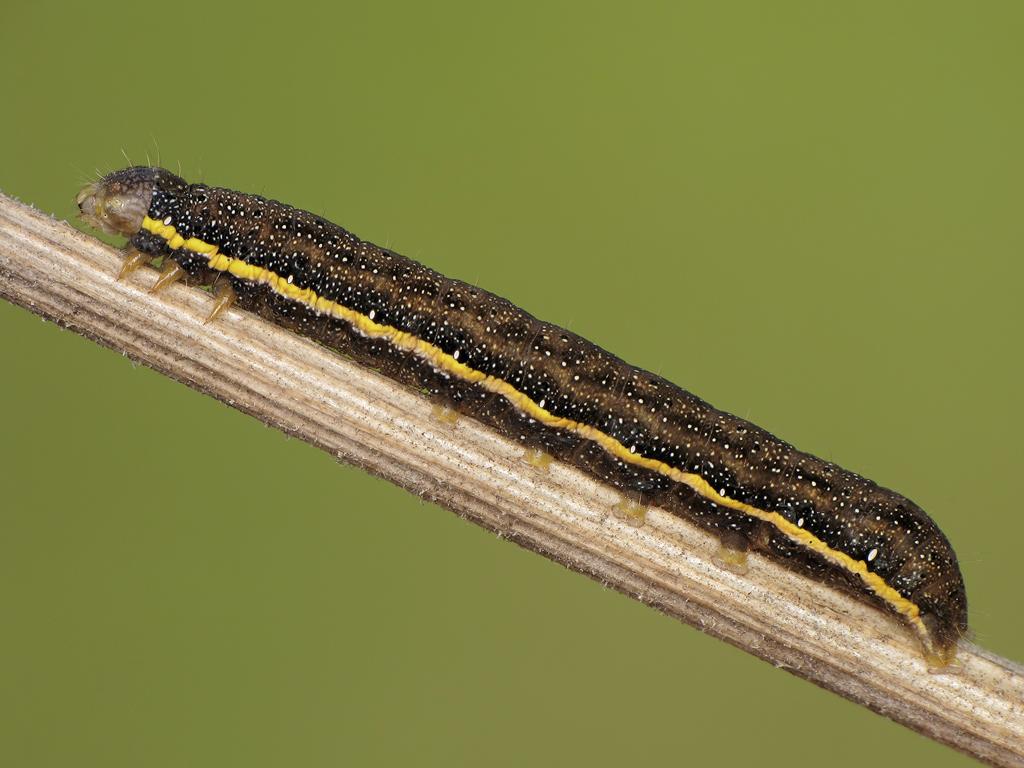
Bright-line Brown-eye (caterpillar/dark) - Ryszard Szczygieł
Bright-line Brown-eye (caterpillar/dark)
Ryszard Szczygieł
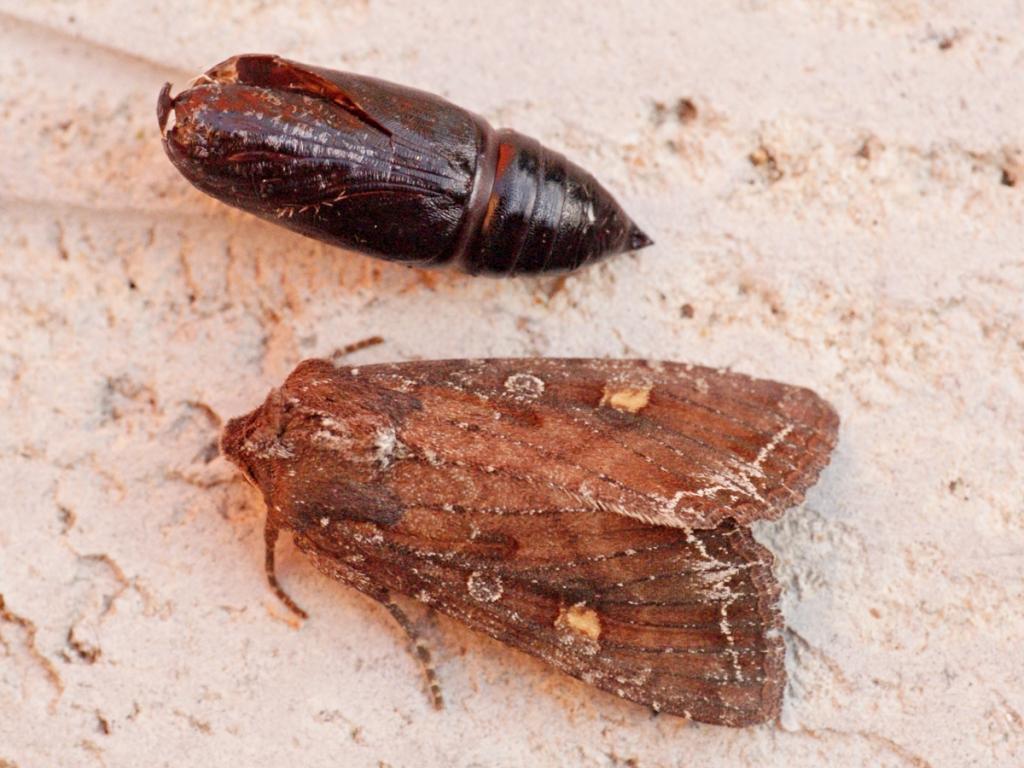
Bright-line Brown-eye (pupa) - Ben Sale
Bright-line Brown-eye (pupa)
Ben Sale
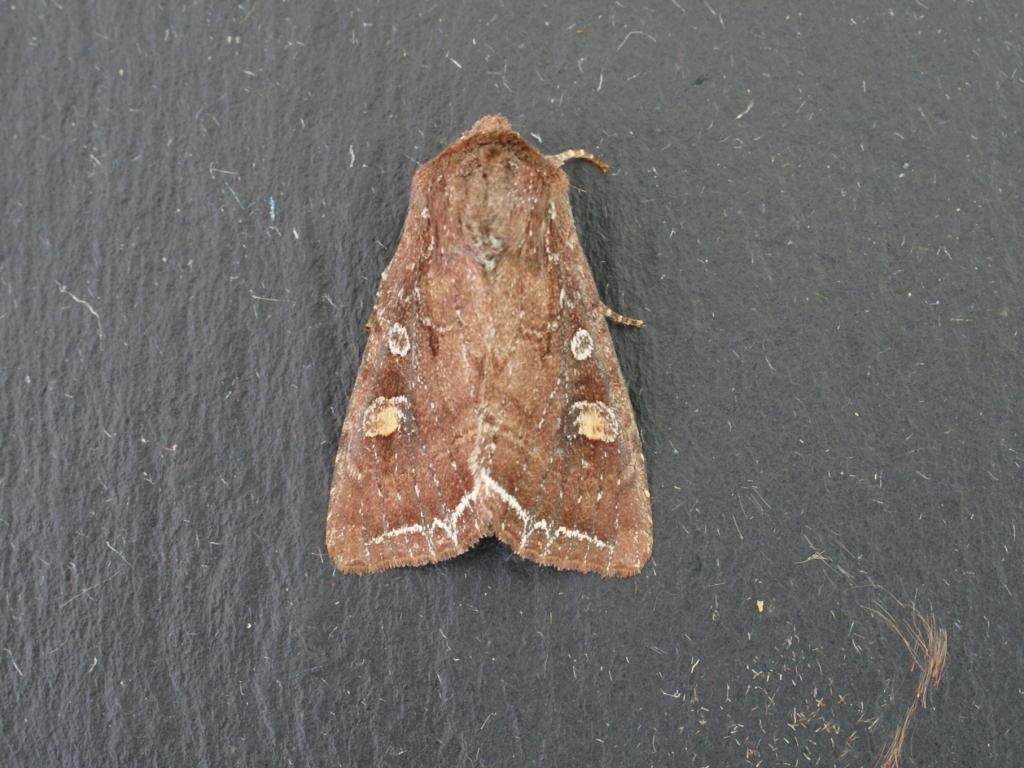
Bright-line Brown-eye - Dave Shenton
Bright-line Brown-eye
Dave Shenton

